• The ultimate Vintage-era Brough Superior • History known since the early 1930s • Present ownership since 1986 • Restored over the last 30 years Legendary superbike of motorcycling's between-the-wars 'Golden Age', Brough Superior – 'The Rolls-Royce of Motorcycles' - was synonymous with high performance, engineering excellence, and quality of finish. That such a formidable reputation was forged by a motorcycle constructed almost entirely from bought-in components says much for the publicity skills of George Brough. But if ever a machine was more than the sum of its parts, it was the Brough Superior. A Vintage-era SS100 powered by the legendary JAP KTOR competition engine, the example offered here represents this iconic marque in its most desirable Alpine Grand Sports form. W E Brough's machines had been innovative and well-engineered, and his son's continued the family tradition but with an added ingredient - style. The very first Brough Superior MkI of 1919 featured a saddle tank - an innovation not adopted by the rest of the British industry until 1928 - and the latter's broad-nosed, wedge-profiled outline would be a hallmark of the Nottingham-built machines from then on. Always the perfectionist, Brough bought only the best available components for his bikes, reasoning that if the product was right, a lofty price tag would be no handicap. And in the 'Roaring Twenties' there were sufficient wealthy connoisseurs around to prove him right. One such was T E Lawrence – 'Lawrence of Arabia' – who owned several Broughs and was killed riding an SS100. Introduced in 1922, the JAP-powered SS80 achieved instant fame when a racing version ridden by George became the first sidevalve-engined machine to lap Brooklands at over 100mph. With the new SS80's performance threatening to put the overhead-valve MkI in the shade, it was decided to completely redesign the latter. The result was the legendary SS100. First shown to the public in 1924, the SS100 employed an entirely new overhead-valve 980cc JAP v-twin engine. A frame of duplex cradle type was devised for the newcomer, which soon after its launch became available with the distinctive, Harley-Davidson-influenced, Castle front fork patented by George Brough and Harold 'Oily' Karslake. And just in case prospective customers had any doubts about the SS100's performance, each machine came with a written guarantee that it had been timed at over 100mph for a quarter of a mile - a staggering achievement at a time when very few road vehicles of any sort were capable of reaching three-figure speeds. With this level of performance available in road trim, it was only to be expected that the SS100 would make an impact on the race track, particularly the ultra-fast Brooklands oval, and the exploits of Brough Superior riders - among them Le Vack, Temple, Baragwanath, Fernihough, and Pope - did much to burnish the marque's image. When Brooklands closed forever at the outbreak of WW2, Noel Pope's Brough Superior held both the sidecar and solo lap records, the latter at an average speed of 124.51mph. Success in an altogether different branch of motorcycle sport resulted in one of Brough's most iconic models: the SS100 'Alpine Grand Sports' or 'AGS'. Introduced in September 1925 for the 1926 season, this new machine took its name from the Austrian Alpine Trial, the 1925 event having been contested by a number of SS100s, one ridden by George Brough himself, resulting in the award of six cups, including one for 'Best Performance'. The introduction of the Alpine Grand Sports coincided with that of a new frame for the SS100, and the AGS came as standard with a lower compression ratio (making it more suitable for touring), a small fly-screen, and a pair of tool boxes. Priced at £170 (in 1927), it was the most expensive model in the range. Brough entered the 1930s with an entirely JAP-powered range and then in 1936 the SS100 was redesigned with an engine built by Associated Motor Cycles, in which form it contin
• The ultimate Vintage-era Brough Superior • History known since the early 1930s • Present ownership since 1986 • Restored over the last 30 years Legendary superbike of motorcycling's between-the-wars 'Golden Age', Brough Superior – 'The Rolls-Royce of Motorcycles' - was synonymous with high performance, engineering excellence, and quality of finish. That such a formidable reputation was forged by a motorcycle constructed almost entirely from bought-in components says much for the publicity skills of George Brough. But if ever a machine was more than the sum of its parts, it was the Brough Superior. A Vintage-era SS100 powered by the legendary JAP KTOR competition engine, the example offered here represents this iconic marque in its most desirable Alpine Grand Sports form. W E Brough's machines had been innovative and well-engineered, and his son's continued the family tradition but with an added ingredient - style. The very first Brough Superior MkI of 1919 featured a saddle tank - an innovation not adopted by the rest of the British industry until 1928 - and the latter's broad-nosed, wedge-profiled outline would be a hallmark of the Nottingham-built machines from then on. Always the perfectionist, Brough bought only the best available components for his bikes, reasoning that if the product was right, a lofty price tag would be no handicap. And in the 'Roaring Twenties' there were sufficient wealthy connoisseurs around to prove him right. One such was T E Lawrence – 'Lawrence of Arabia' – who owned several Broughs and was killed riding an SS100. Introduced in 1922, the JAP-powered SS80 achieved instant fame when a racing version ridden by George became the first sidevalve-engined machine to lap Brooklands at over 100mph. With the new SS80's performance threatening to put the overhead-valve MkI in the shade, it was decided to completely redesign the latter. The result was the legendary SS100. First shown to the public in 1924, the SS100 employed an entirely new overhead-valve 980cc JAP v-twin engine. A frame of duplex cradle type was devised for the newcomer, which soon after its launch became available with the distinctive, Harley-Davidson-influenced, Castle front fork patented by George Brough and Harold 'Oily' Karslake. And just in case prospective customers had any doubts about the SS100's performance, each machine came with a written guarantee that it had been timed at over 100mph for a quarter of a mile - a staggering achievement at a time when very few road vehicles of any sort were capable of reaching three-figure speeds. With this level of performance available in road trim, it was only to be expected that the SS100 would make an impact on the race track, particularly the ultra-fast Brooklands oval, and the exploits of Brough Superior riders - among them Le Vack, Temple, Baragwanath, Fernihough, and Pope - did much to burnish the marque's image. When Brooklands closed forever at the outbreak of WW2, Noel Pope's Brough Superior held both the sidecar and solo lap records, the latter at an average speed of 124.51mph. Success in an altogether different branch of motorcycle sport resulted in one of Brough's most iconic models: the SS100 'Alpine Grand Sports' or 'AGS'. Introduced in September 1925 for the 1926 season, this new machine took its name from the Austrian Alpine Trial, the 1925 event having been contested by a number of SS100s, one ridden by George Brough himself, resulting in the award of six cups, including one for 'Best Performance'. The introduction of the Alpine Grand Sports coincided with that of a new frame for the SS100, and the AGS came as standard with a lower compression ratio (making it more suitable for touring), a small fly-screen, and a pair of tool boxes. Priced at £170 (in 1927), it was the most expensive model in the range. Brough entered the 1930s with an entirely JAP-powered range and then in 1936 the SS100 was redesigned with an engine built by Associated Motor Cycles, in which form it contin
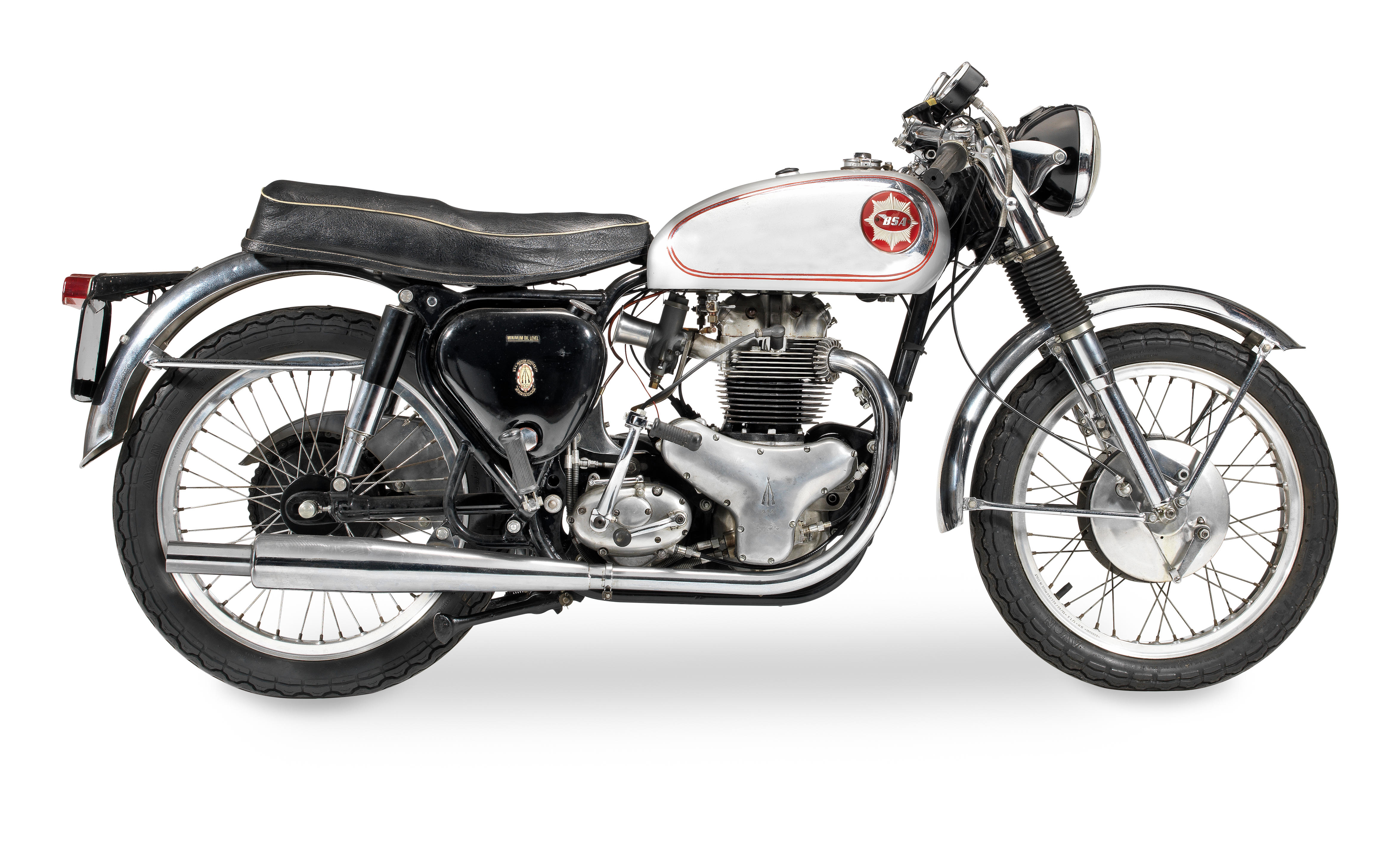
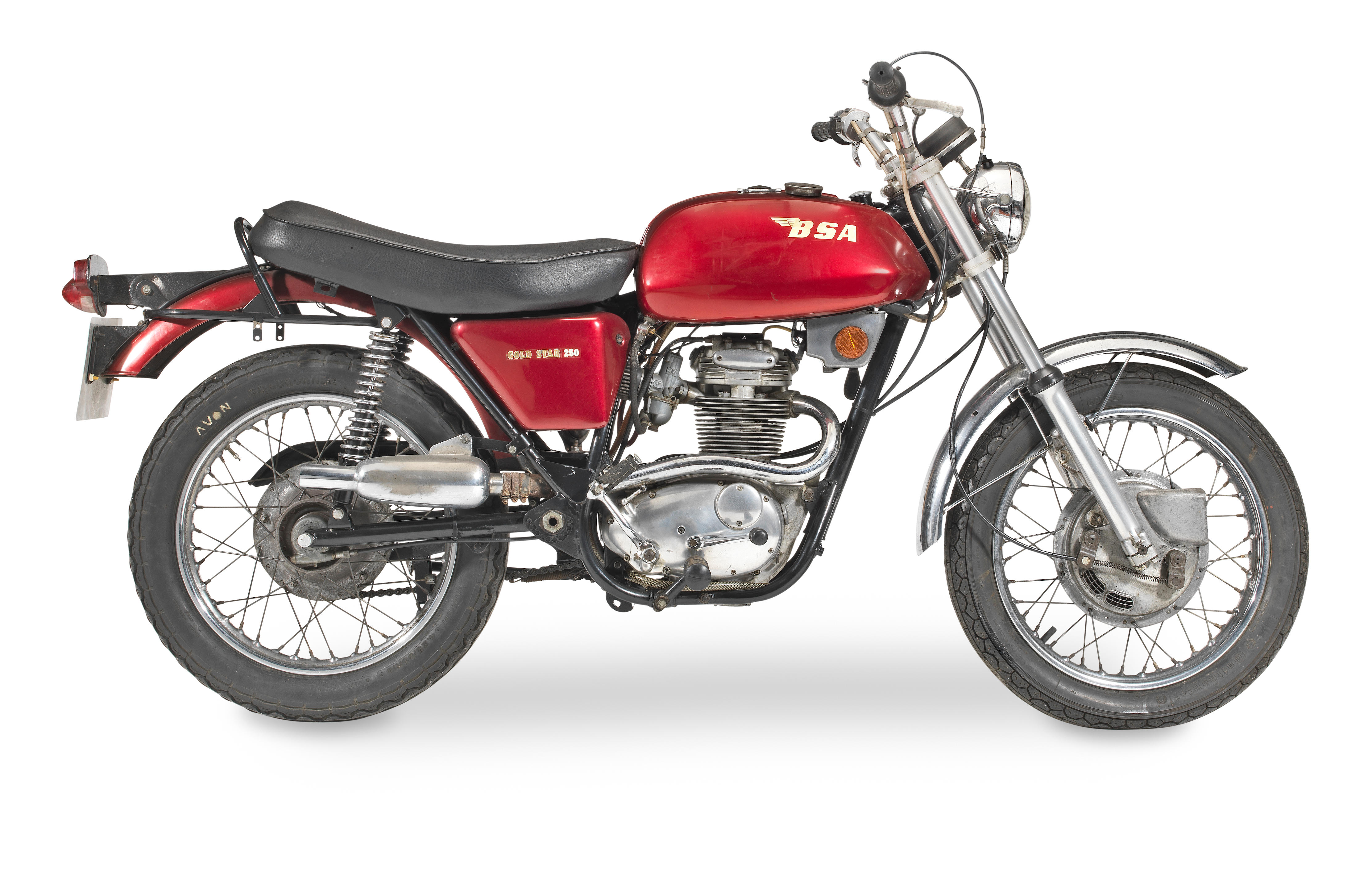
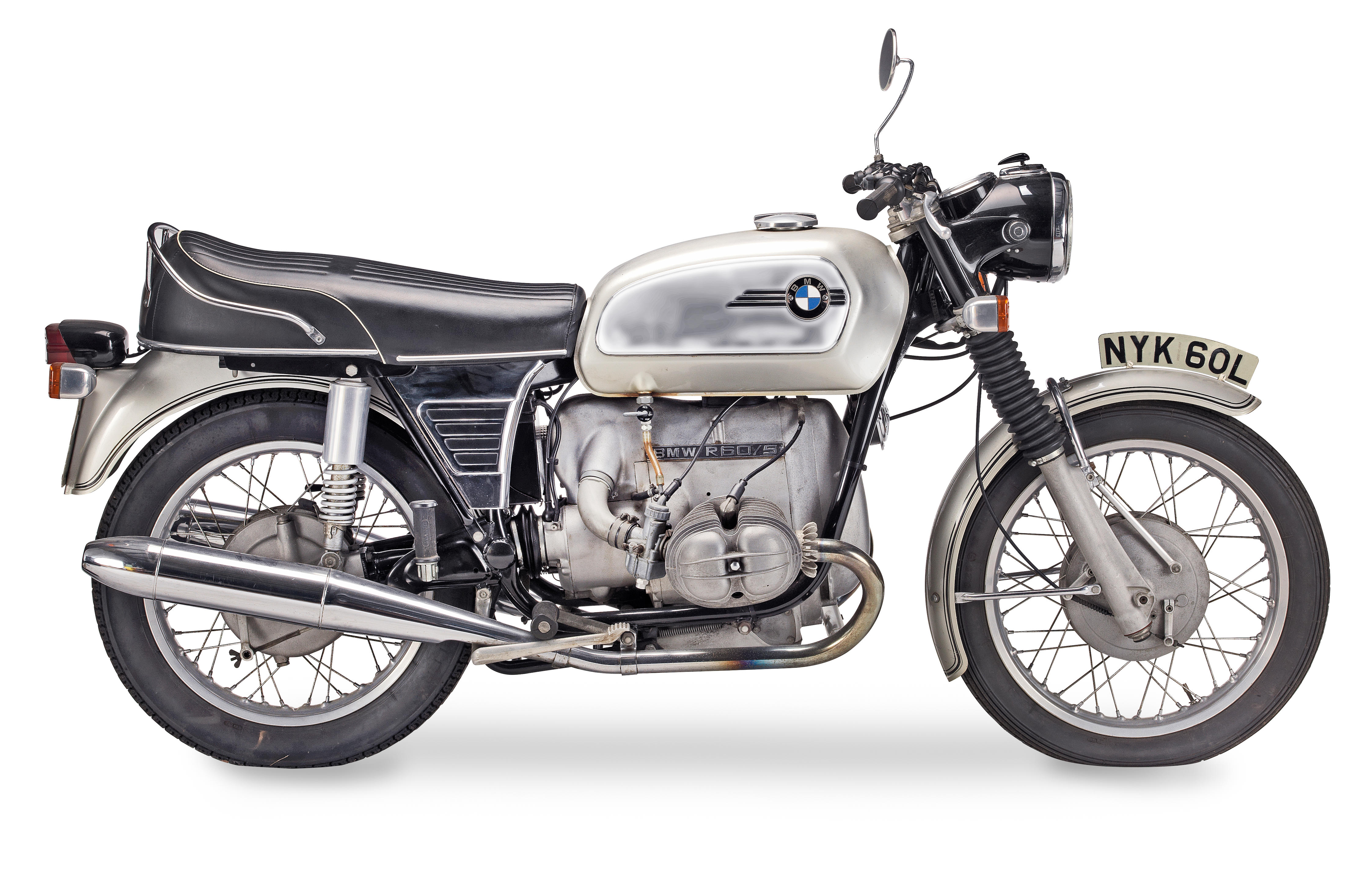
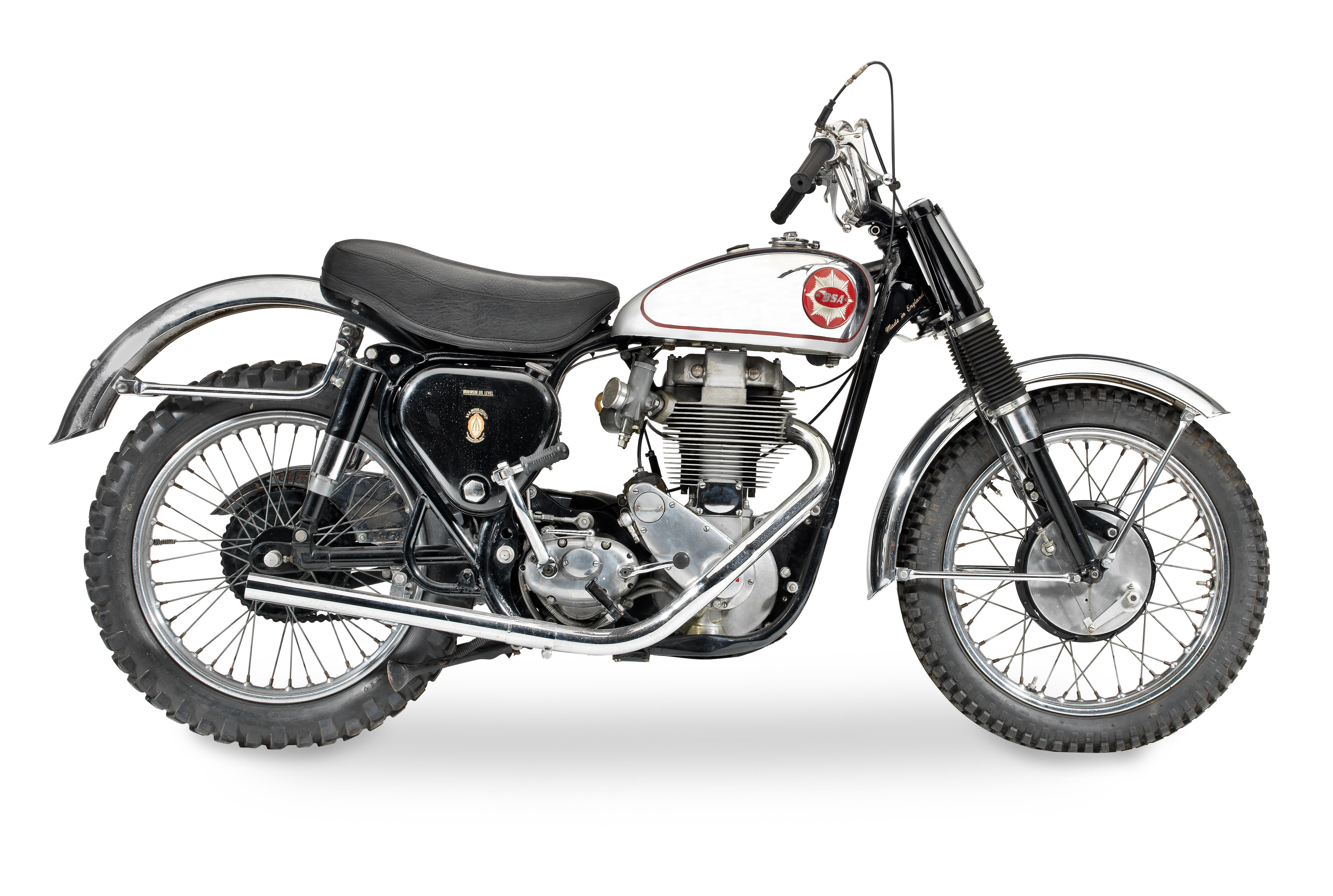
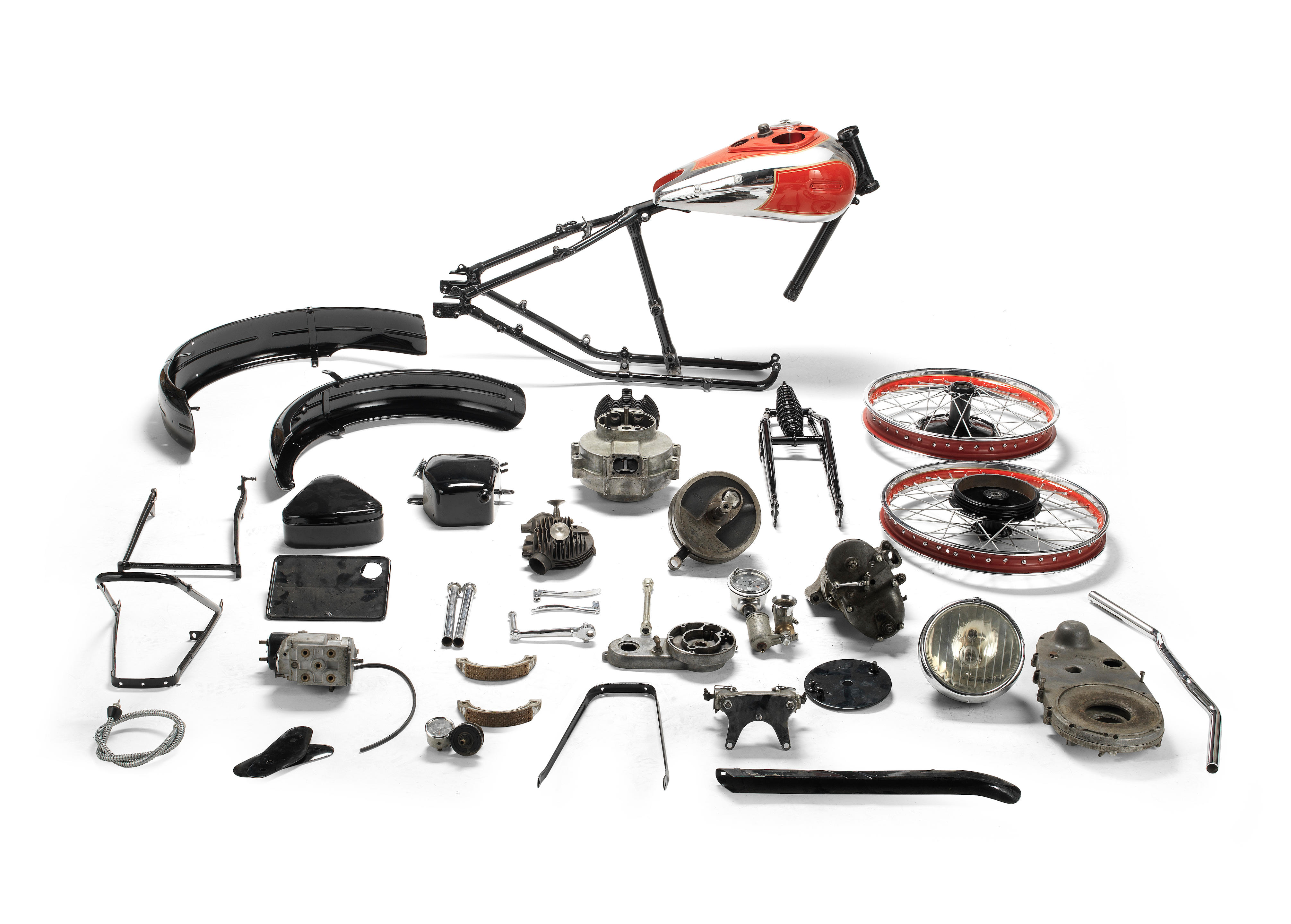
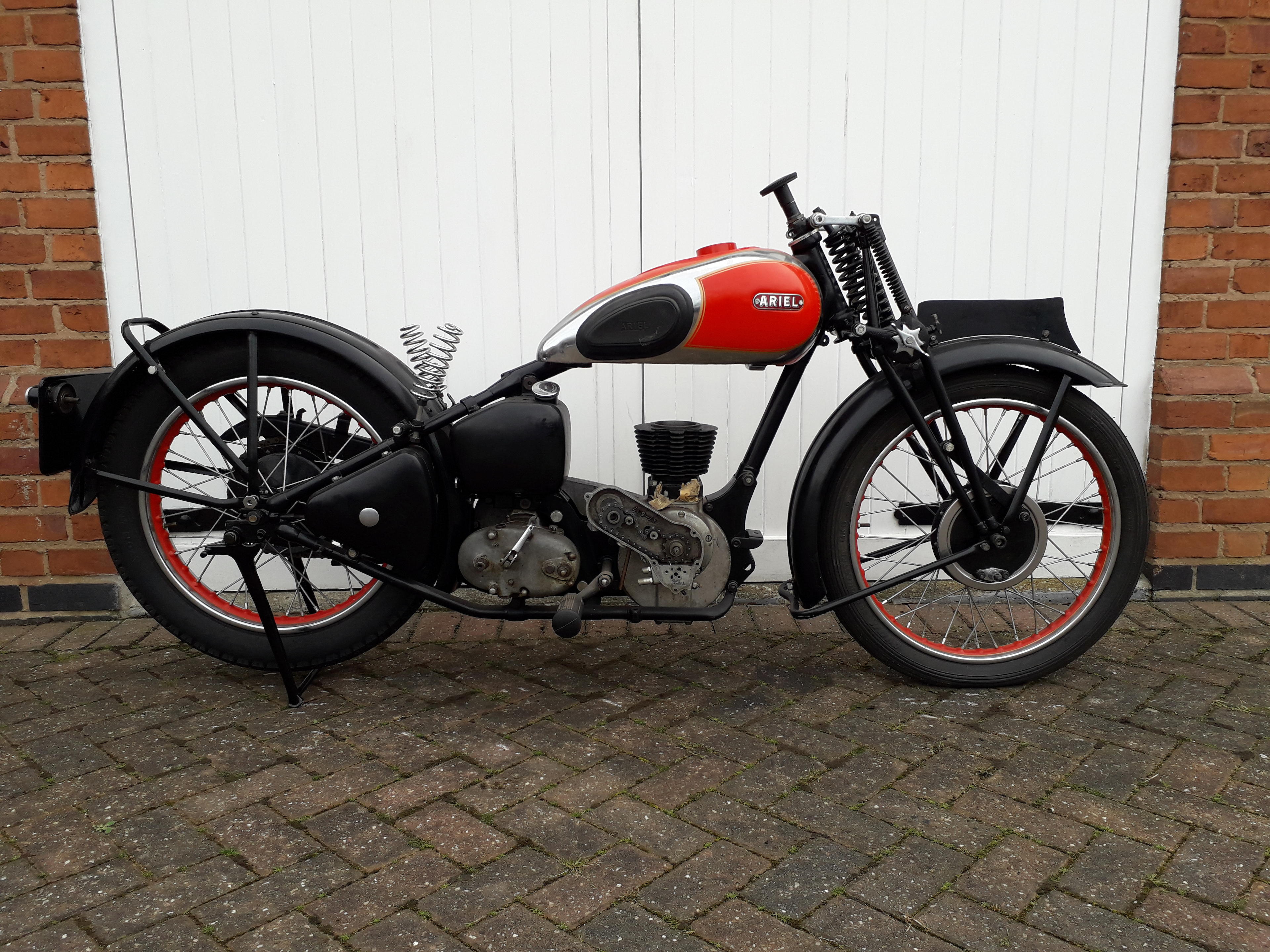
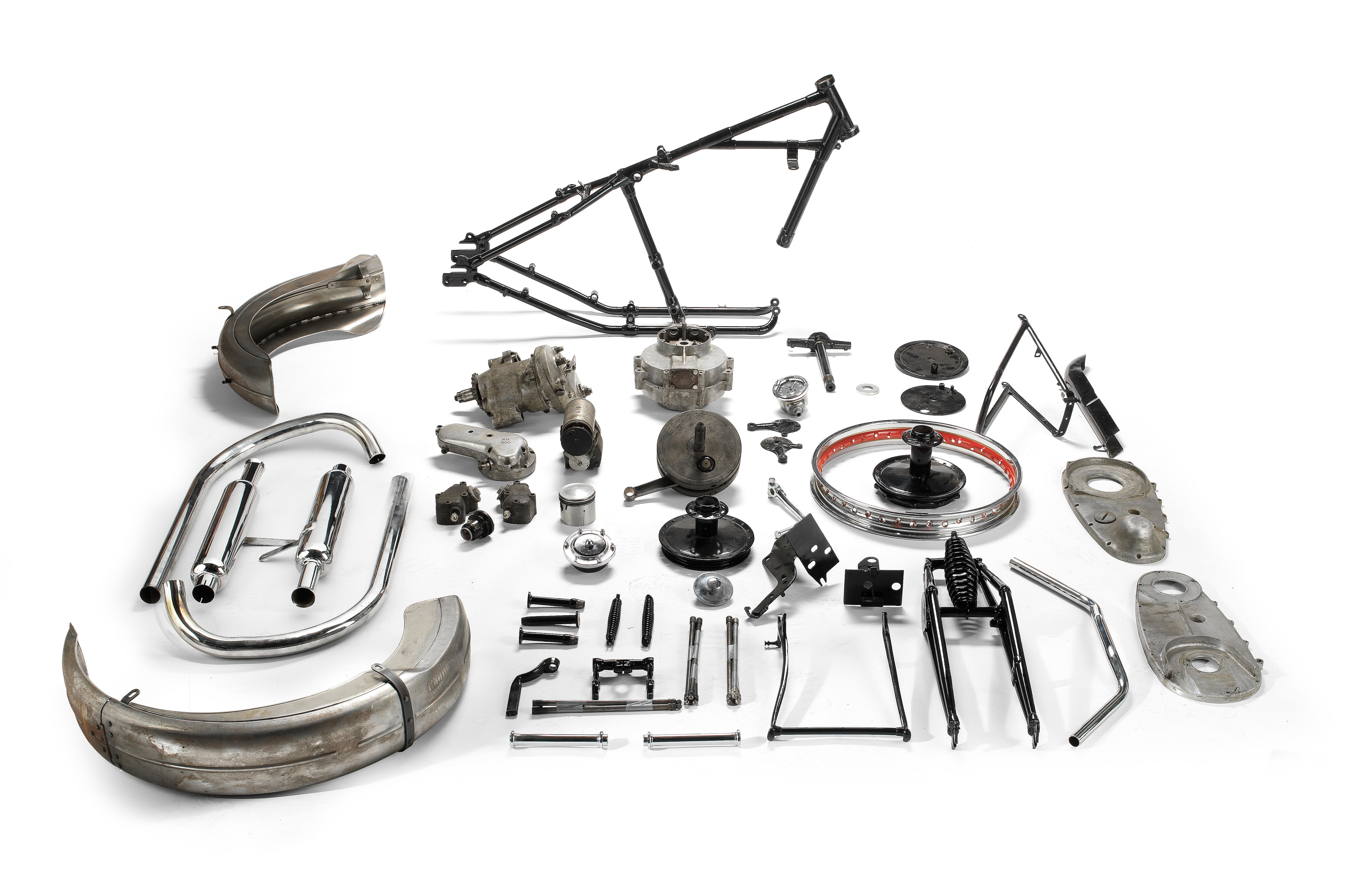
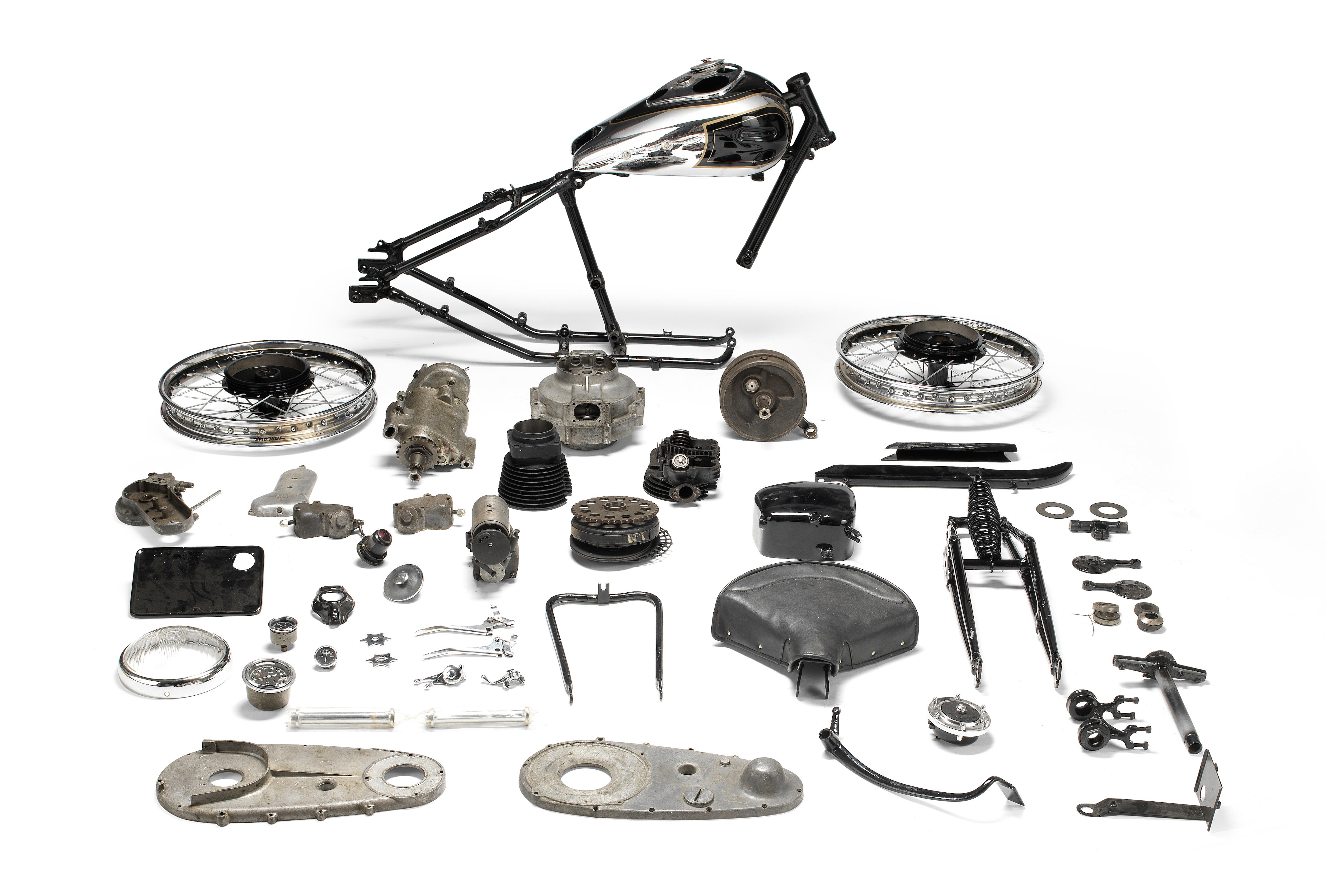
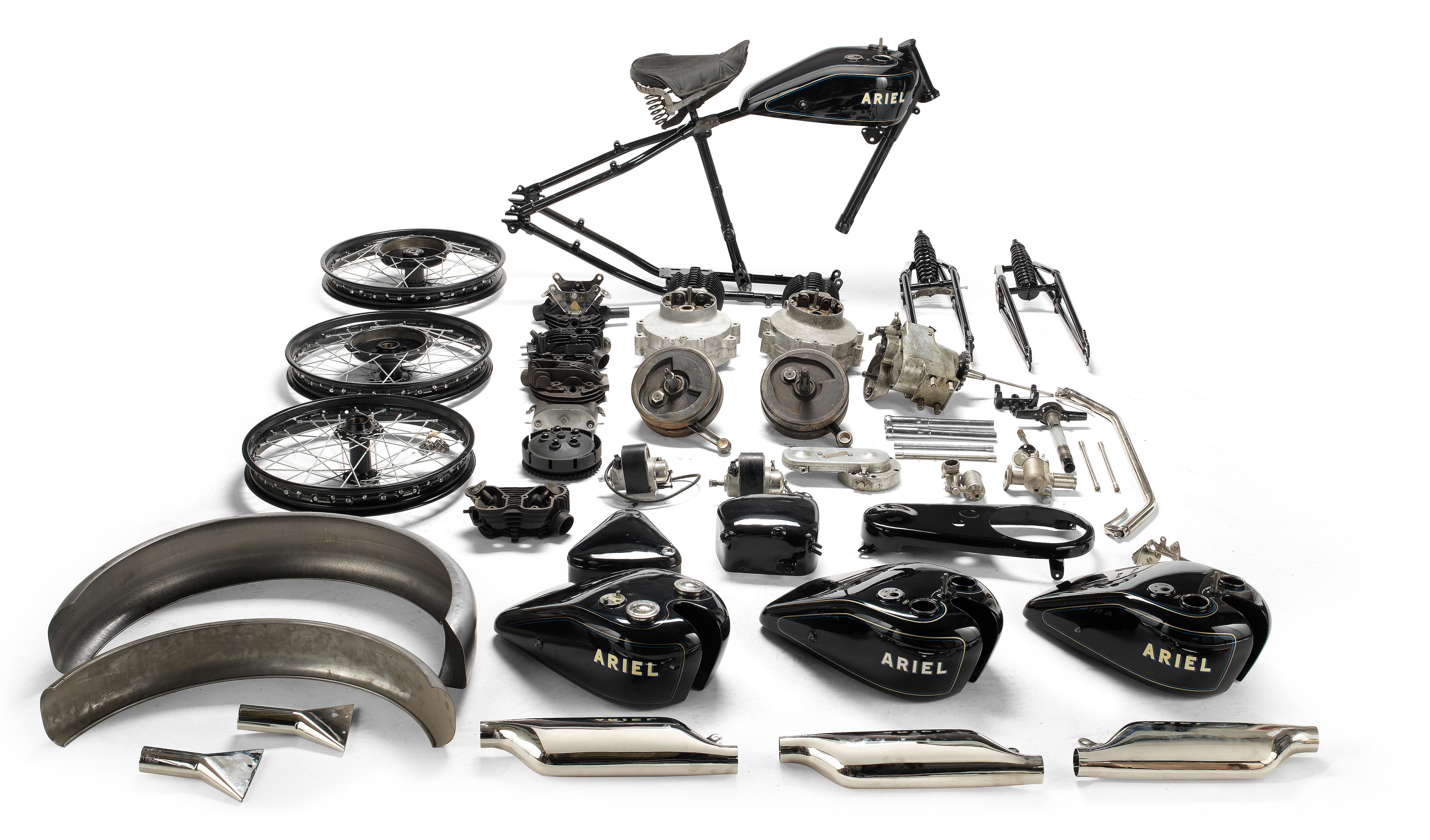
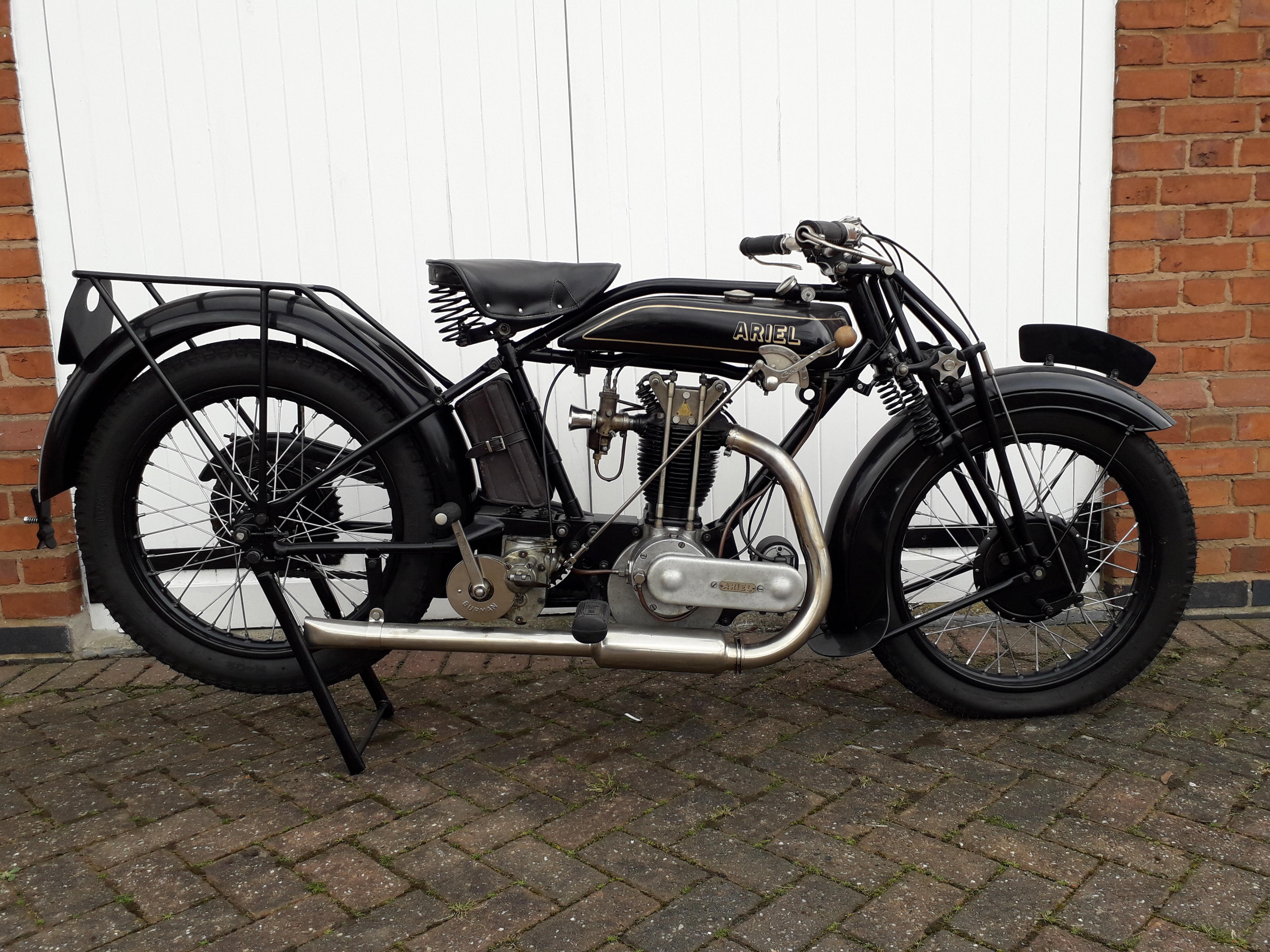
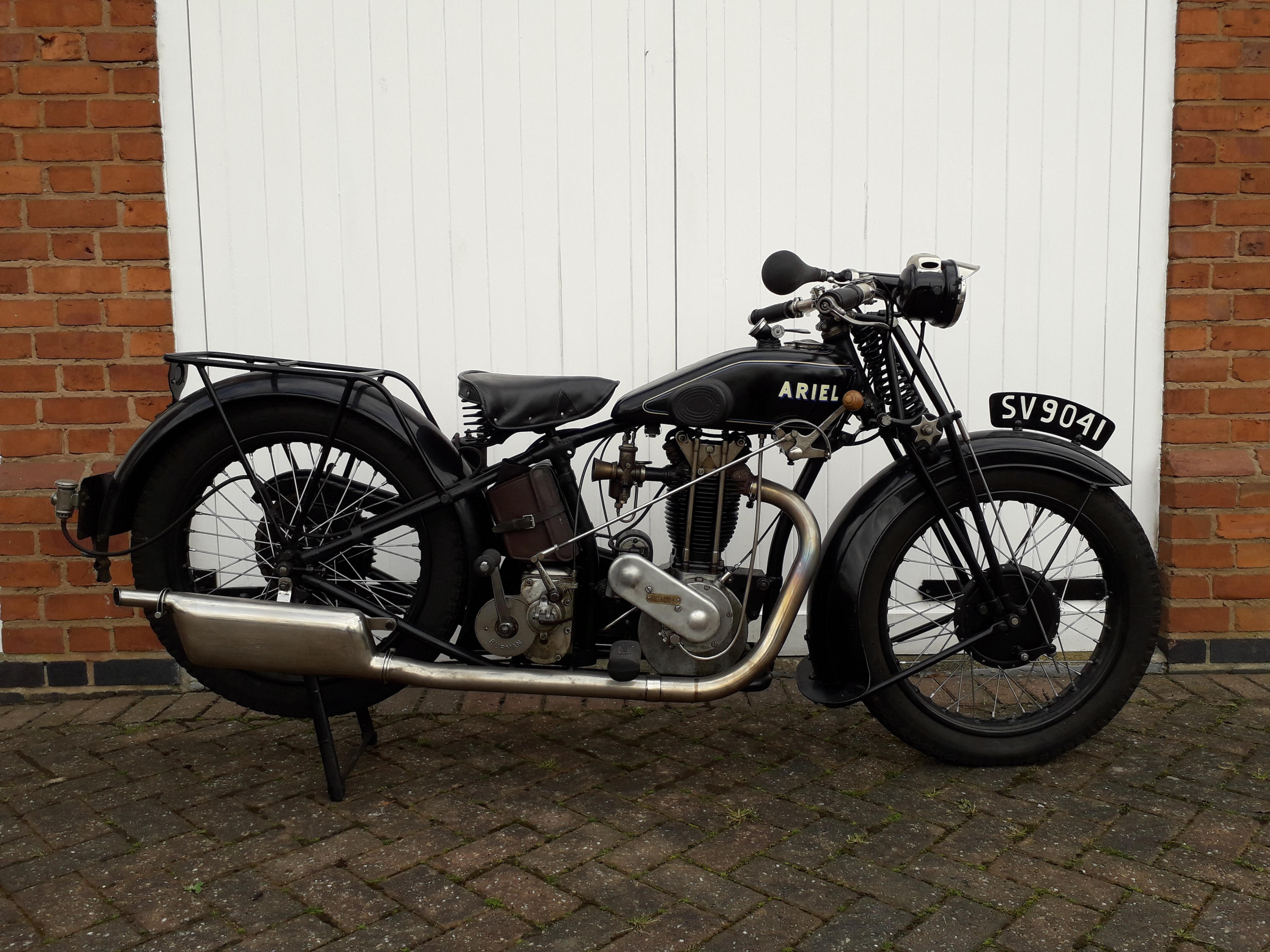
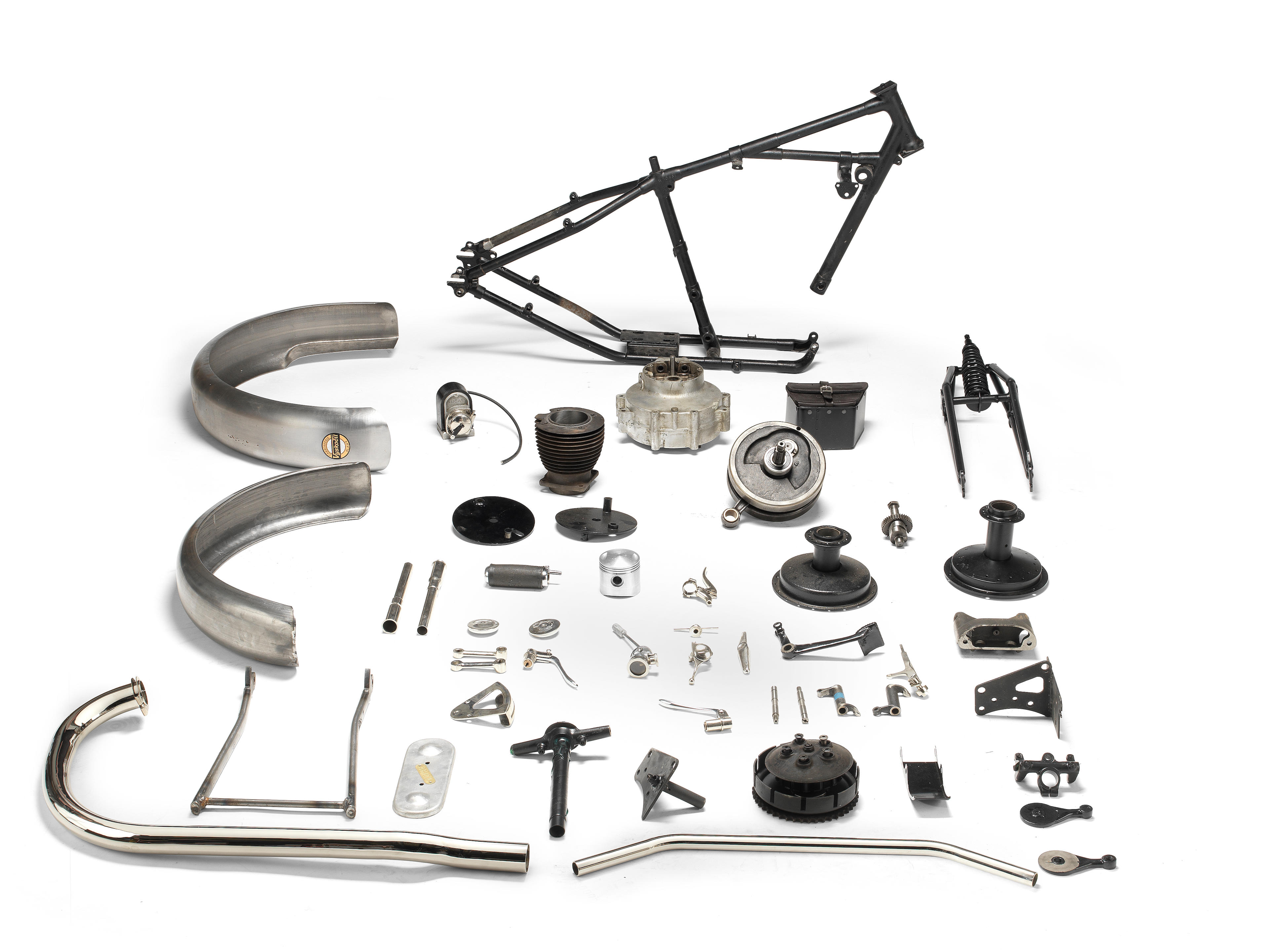



Testen Sie LotSearch und seine Premium-Features 7 Tage - ohne Kosten!
Lassen Sie sich automatisch über neue Objekte in kommenden Auktionen benachrichtigen.
Suchauftrag anlegen